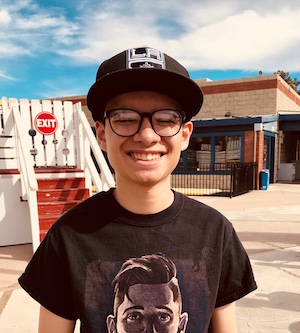
Sep 25, 2018
Born at 37 weeks, the participant was initially healthy with the exception of jaundice and respiratory distress at birth. However, at 3 years old, he stopped meeting his growth milestones despite eating well. At that point, he was diagnosed with stomach muscle weakness (gastroparesis) and had a GJ tube placed. He relies on GJ feeding now, with occasional small portions of food 2-3 times per week. He was also recently diagnosed with growth hormone deficiency and additional GI issues (gastrointestinal dysmotility, chronic constipation, nausea).
His older brother is similarly affected with digestive and growth issues. Shortly after birth, he was noticed to have constipation with bouts of diarrhea. He was treated initially with rectal disimpaction. He was started on Miralax at age 5, but this did not help his symptoms.
At age 4, he was also diagnosed with dilated ureters and bladder, and posterior urethral valves. He underwent a urethral catheter placement and cystoscopic valve ablation. He went on to develop bladder dysfunction (neurogenic bladder) and chronic kidney disease from excess fluid in his kidneys (hydronephrosis) and dilated ureters.
Besides these issues, he was relatively healthy until age 9 when he was diagnosed with gastroparesis after he suddenly stopped eating. Before that he had been a healthy eater. He ended up being hospitalized after losing 12 pounds. Like his brother, he currently relies on GJ feeding.
Shared symptoms:
Younger brother only:
Older brother only:

If this participant sounds like you or someone you know, please contact us!